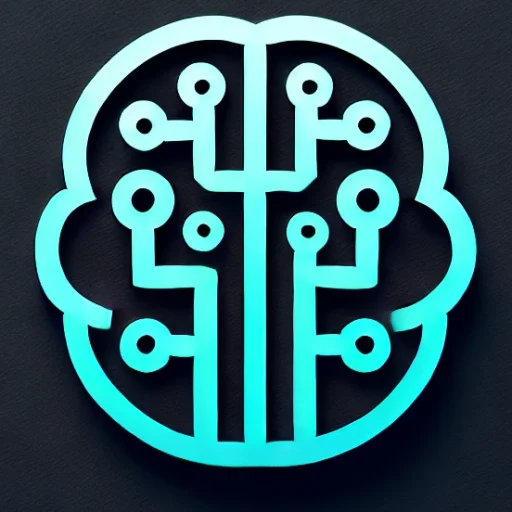
Introduction
The digital age continuously brings forth groundbreaking innovations, yet few have sparked as much intrigue and momentum as Generative AI. Named “the most significant advancement in AI,” Generative AI tools, like OpenAI’s GPT-3 and its successors, are reshaping the creative industries and technological landscapes. These powerful AI systems can generate text, music, art, and more, unlocking new possibilities across sectors. This blog post delves into how Generative AI is transforming creativity, discusses the latest advancements, and examines its future potential and challenges.
Key Insights & Latest Advancements
Generative AI, particularly in the form of large language models (LLMs) and generative adversarial networks (GANs), has seen exponential growth due to improvements in computational power and algorithmic sophistication. Recent developments have pushed the boundaries of AI’s creative capabilities:
-
Advanced Language Models: The release of OpenAI’s GPT-4 has set new benchmarks in understanding and generating human-like text, enabling more contextual and nuanced interactions.
-
Enhanced Image and Video Generation: GANs are now capable of producing hyper-realistic images and videos, with applications ranging from entertainment to virtual reality simulations.
-
Music Composition: AI systems like Jukedeck and AIVA are crafting original music compositions, allowing artists to explore hybrid creations and new sonic landscapes.
Real-World Applications
Generative AI is not just a technological marvel; it is actively being integrated into various industries to solve real-world challenges and enhance creativity:
-
Content Creation: Journalists, marketers, and screenwriters use AI to draft articles, advertisements, and scripts, significantly reducing time and effort while maintaining creativity.
-
Fashion and Design: AI-driven design tools assist in generating innovative patterns and styles, allowing designers to explore new aesthetics and trends.
-
Healthcare: AI models are being used to predict molecular structures and generate potential drug compounds, accelerating the drug discovery process.
-
Gaming: Generative AI creates dynamic, immersive environments and characters, enhancing player experiences through personalized gaming narratives.
Challenges & Future Outlook
Despite its promising potential, Generative AI faces several challenges:
-
Ethical Concerns: The ability to generate realistic content raises issues of authenticity, copyright infringement, and misinformation.
-
Bias and Fairness: AI models can inadvertently perpetuate biases present in their training data, necessitating careful oversight and regulation.
-
Data Privacy: The reliance on large datasets for model training poses significant privacy concerns, particularly when personal data is involved.
Looking ahead, the focus will likely shift towards refining the ethical frameworks governing AI use, improving model transparency, and enhancing collaboration between AI and human creativity. As these systems become more integrated into our daily lives, striking a balance between innovation and responsibility will be crucial.
Conclusion
Generative AI stands at the forefront of a technological revolution, transforming the realms of creativity and human-machine collaboration. While challenges remain, the possibilities it presents are vast and captivating. As AI continues to evolve, its impact will only deepen, shaping industries and redefining the boundaries of creativity and innovation. Embracing this technology while addressing its challenges will be key to unlocking its full potential, making it an exciting field to watch and engage with in the coming years.

